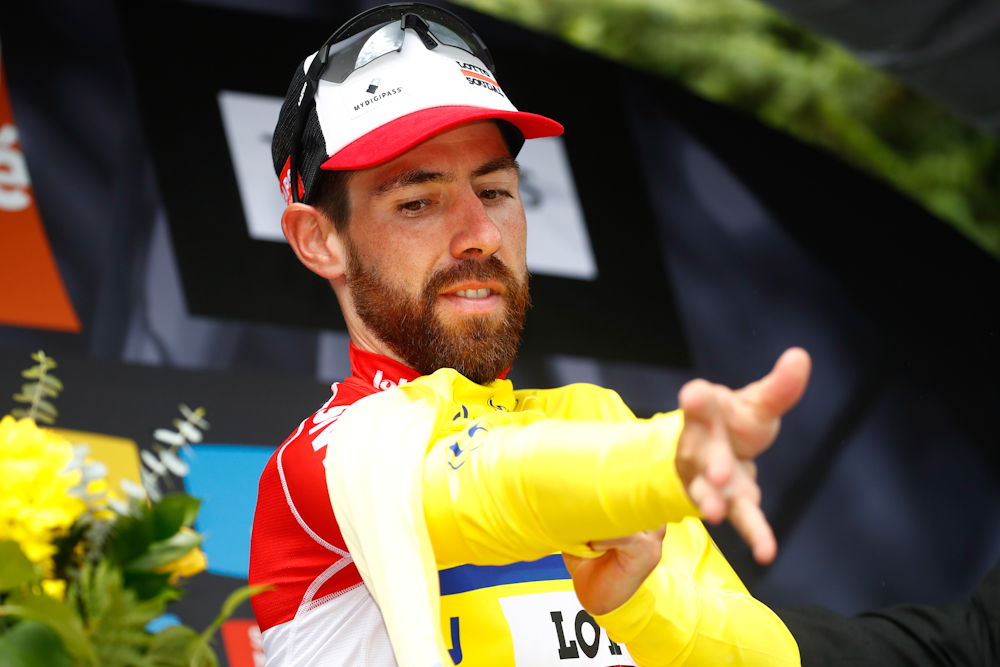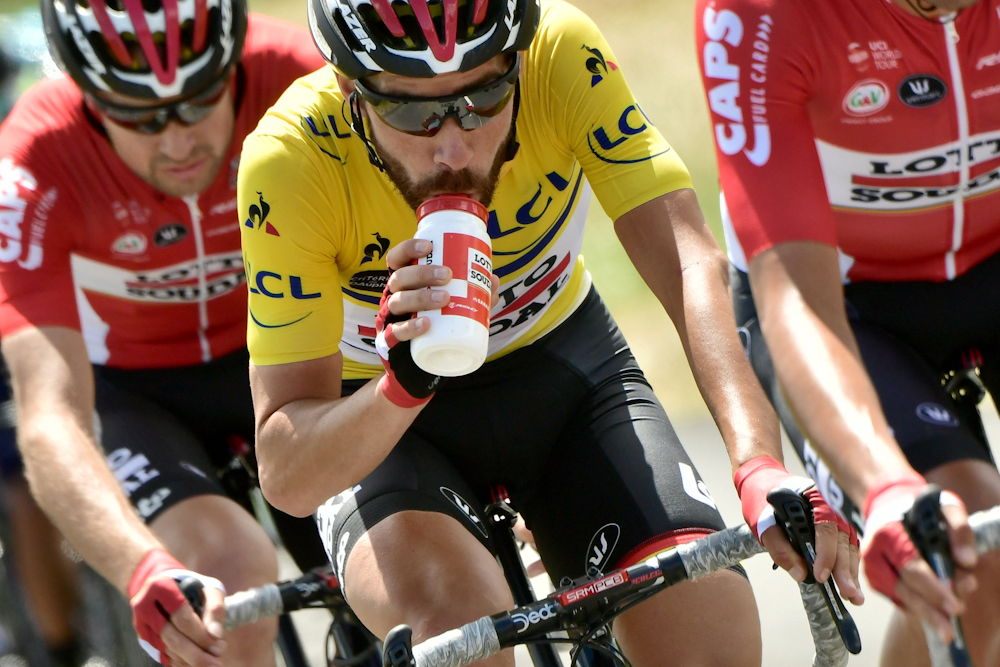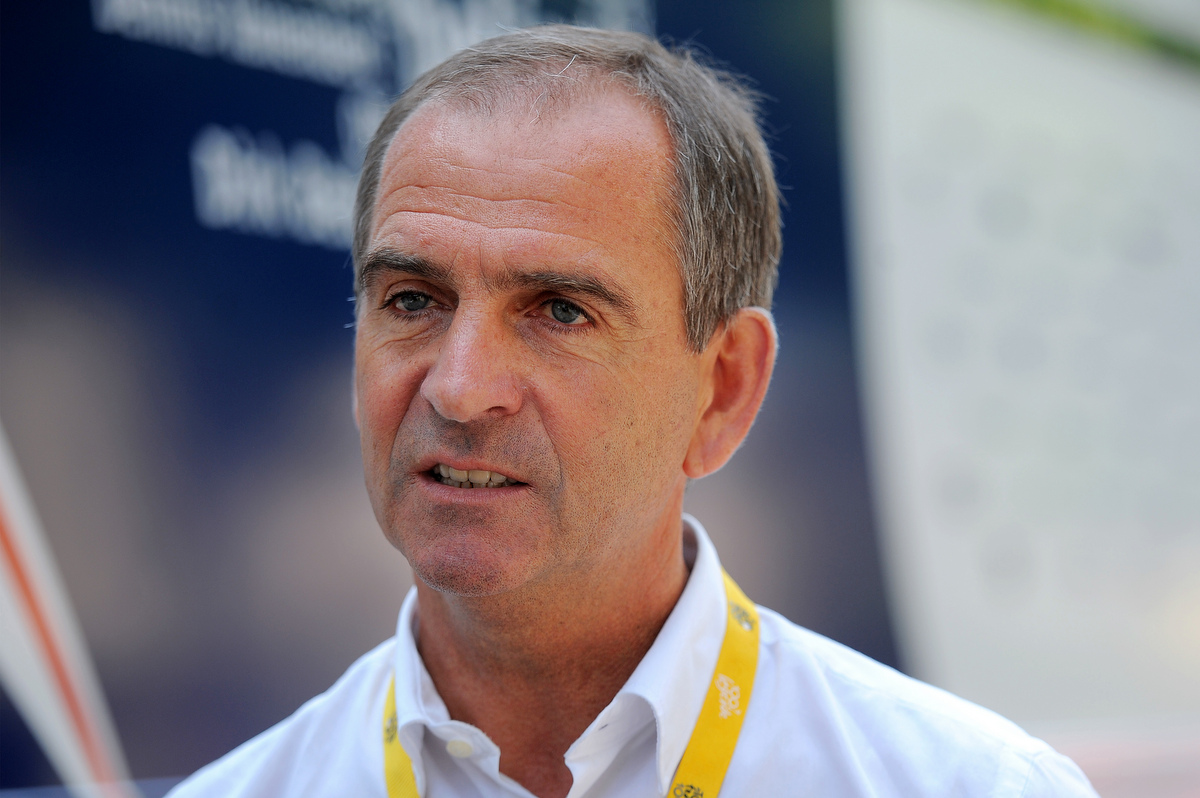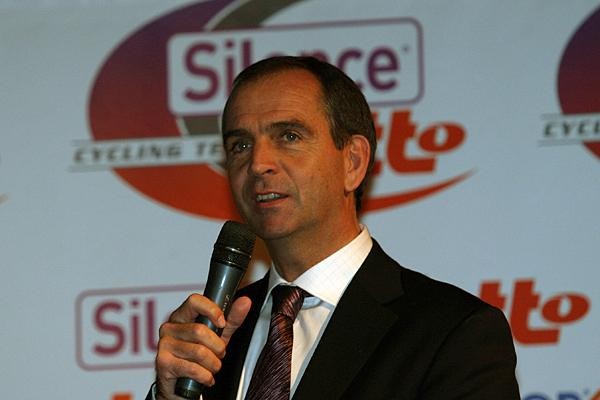Lotto Soudal boss defends ethics as De Gendt uses altitude tent ahead of Dauphine
'It's a good alternative. You don't have to go to Sierra Nevada,' says Marc Sergeant





Critérium du Dauphiné leader Thomas De Gendt slept in a hypoxic tent in the build-up to the race, a practice which the Lotto Soudal general manager, Marc Sergeant, defended to Cyclingnews as a "good alternative" to altitude training.
Hypoxic chambers control the atmosphere to mimic the thinner air at altitude, which boosts production of red blood cells in the body, in turn increasing the oxygen-carrying capacity of the athlete.
"I'm back from nearly three weeks of altitude training. That is to say, I spent three weeks sleeping in an altitude tent in Calpe," De Gendt told Belga after winning the first stage of the Dauphiné, joking about evenings at the bar by the Mediterranean Sea.
"Last year I trained in the Sierra Nevada, and I used to go to Italy, but now I chose Calpe. I have a house there and, in consultation with my coach, we came to that solution. He is an advocate of the principle of 'sleep high, train low' because your body is taxed less and still reaps the benefits of the high altitude."
Use of hypoxic chambers is permitted under the World Anti Doping Agency (WADA) code, though there are ethical concerns, given the artificial nature of the process being taken to enhance the physiological capability of the body.
The tennis player Novak Djokovic attracted controversy when he credited an egg-shaped recovery pod as a factor behind his 2011 success, while Team Sky have faced questions over their rumoured use of the technology. It is understood to still be widely used in the pro peloton.
Hypoxic chambers are banned in Italy and Norway. In 2006 WADA considered banning them as its ethics committee deemed they were "probably contrary to the spirit of sport", though no action was taken in the end.
Get The Leadout Newsletter
The latest race content, interviews, features, reviews and expert buying guides, direct to your inbox!
"It's a good alternative. You don't have to go to Sierra Nevada," Sergeant told Cyclingnews, defending the technology despite admitting links to doping – "in the period when they started detecting EPO, which was a very good thing, it was booming, because that was the alternative," he added.
"We don't have a lot of guys who do it – maybe two or three. Most of all we promote going to do the real thing. [Tim] Wellens was in Isola 2000, [Tiesj] Benoot is going to Sierra Nevada, so you have some riders who prefer to actually go there, then some other guys, if you're a family man, for example, who like to do it at home.
"Thomas is a family man, he likes to have time with his wife and the kids. When the Tour de France is finished we always have a party with sponsors and he says, 'Do I really have to stay for this? I want to go home'. That’s typical Thomas. So for him it's a good alternative."
When asked if he was comfortable with the ethical question marks, Sergeant argued that the issue could be extended to the point of ridicule.
"Where do you draw the line? Is a home trainer ok? It's the same thing. You can go on the home trainer instead of out on the road and the opposition can say 'that's not ethical'. I don't think it's a big problem."
Patrick is a freelance sports writer and editor. He’s an NCTJ-accredited journalist with a bachelor’s degree in modern languages (French and Spanish). Patrick worked full-time at Cyclingnews for eight years between 2015 and 2023, latterly as Deputy Editor.
